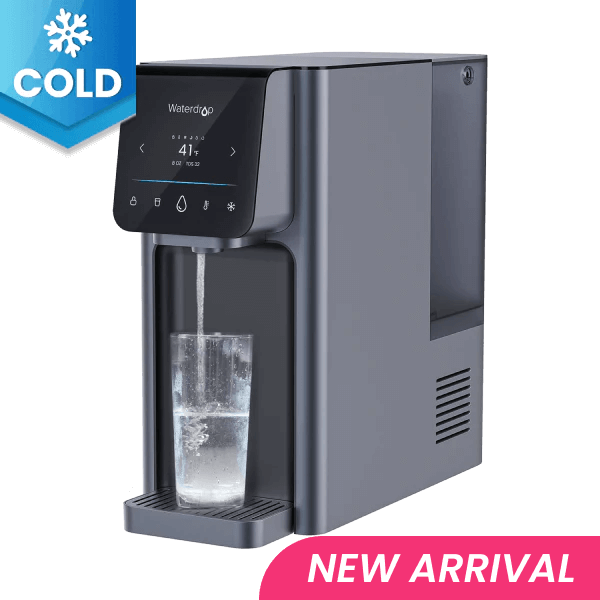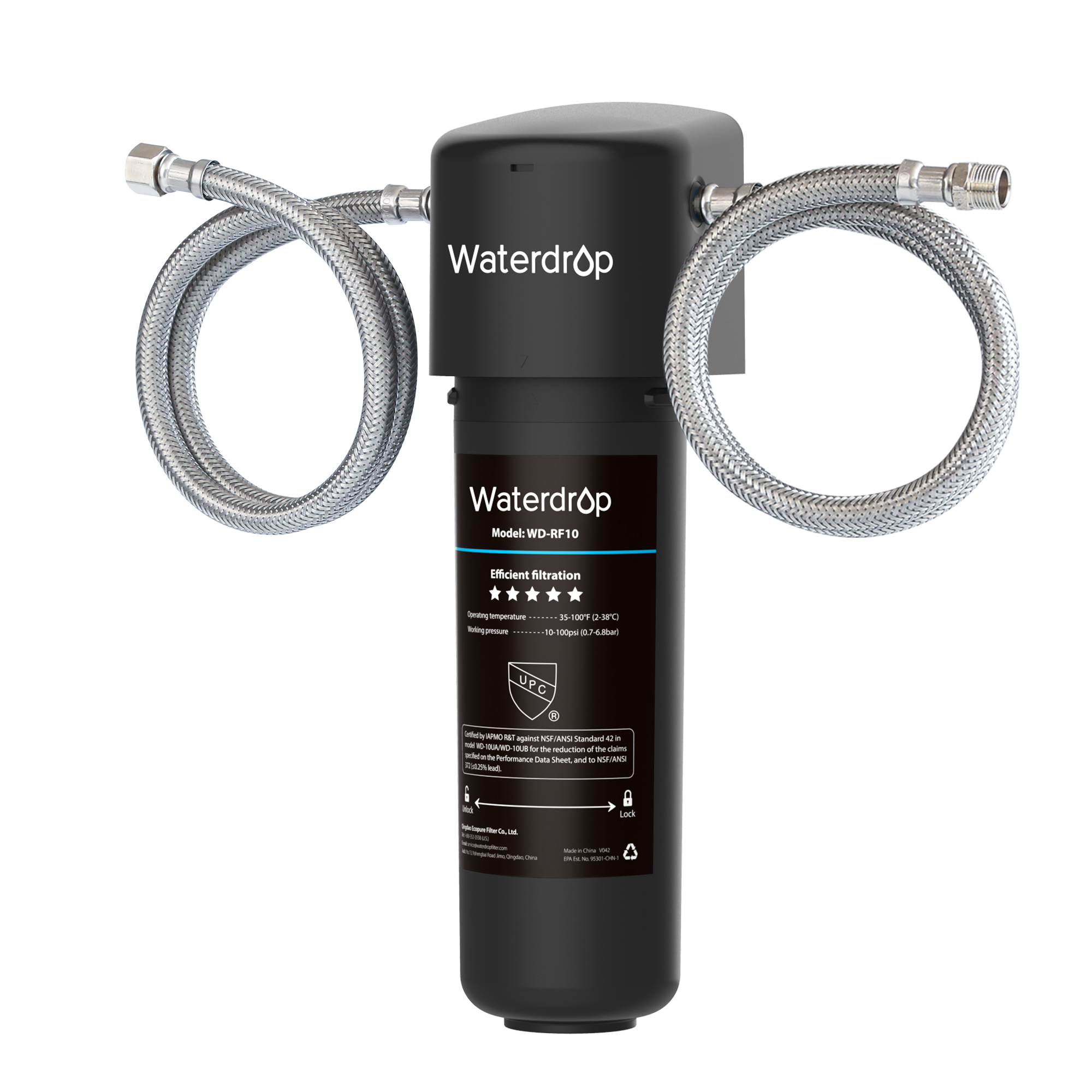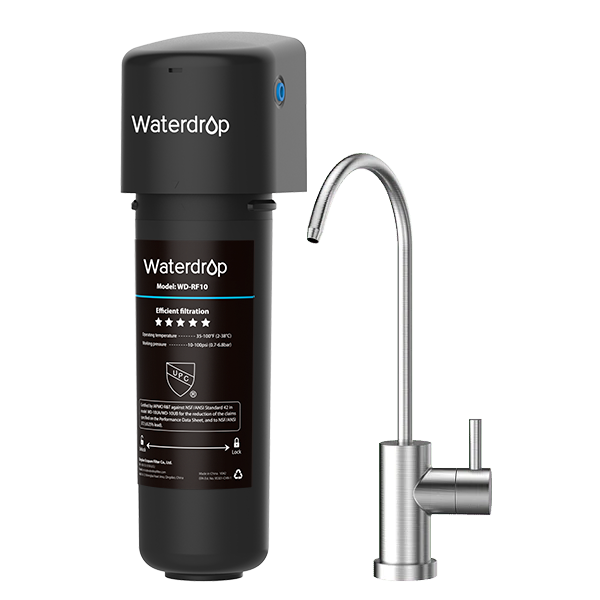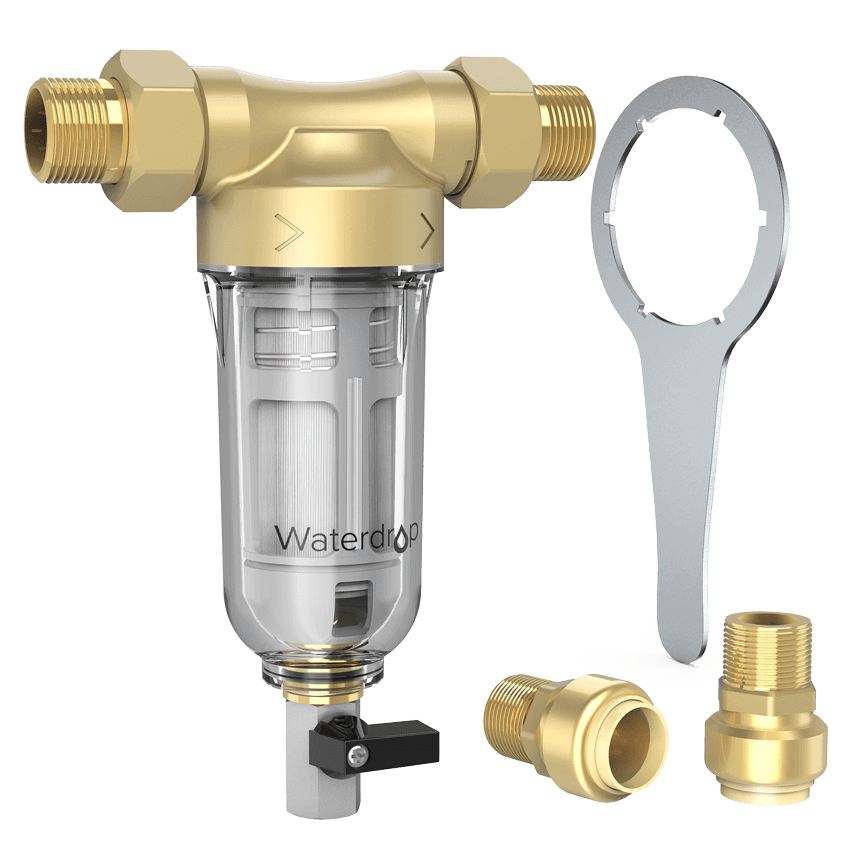Does Reverse Osmosis Remove Bacteria and Viruses?
by Dr. Jonathan Doyle - Updated June 1, 2020
Bacteria and viruses are going inside your body through water! Is bottled water a way to a contaminant-free life? Why is RO the right choice? How does it work? Check out to learn more!
If viruses are in your drinking water or the water from your kitchen faucet, they may enter your body through your mouth. Doesn't that sound terrible? After all, we cannot live if we don't drink water. How can we get safe water?
Although bottled water is safe, most supermarkets have a limit on how many bottles of water a person can buy. Plus, many people have no way to buy enough water. To get a sufficient amount of healthy water, many families have purchased water filters. However, the installation of traditional water filters is limited by the environment. Additionally, traditional water filters perform inefficiently and are places where bacteria can easily breed. Hence, a reverse osmosis water filtration system is a right choice.
The reverse osmosis (RO) membrane in an RO system has a minimum pore size of about 0.1 nm and the size of the virus is between 0.02-0.25 micron, which is much smaller than the diameter of viruses. There is no doubt that an RO system can effectively remove viruses.
An RO membrane is the core element of the Waterdrop Reverse Osmosis Water Filtration System. The working principle behind reverse osmosis is the application of pressure to water. This allows water molecules to pass through the RO membrane, which intercepts heavy metals and other inorganic salts, organic matter, bacteria, viruses, and so on. The RO membrane separates the filtered water from the unfiltered water. The Waterdrop RO system employs a superior DOW® RO membrane, which is three times larger than the ordinary RO membrane. It more effectively removes bacteria and viruses. As an antivirus water filter, the Waterdrop RO system provides the clean, pure water for everyday use.
Bacteria multiply in the water tanks of traditional RO systems every half hour. The Waterdrop RO system employs a new filtration technology and a tankless design, which can effectively avoid the secondary water pollution caused by bacterial reproduction. Enjoy fresh, pure water with the Waterdrop RO antivirus water filter!

Compared to bottled water, the filtered water of the Waterdrop RO system is fresher, healthier, and safer. The Waterdrop RO system takes up very little space under the sink and is easy and safe to operate. It has a stable water supply and removes calcium, magnesium, bacteria, organic matter, inorganic matter, metal ions, and radioactive substances, thereby providing you with sweet, crystal-clear water.
Waterdrop is a well-known and professional water filtration brand in the U.S. market. The Waterdrop RO system has been tested and certified by NSF International against NSF/ANSI Standard 58. The Waterdrop RO system has passed 400+ chemical lab tests indicating that this system does not contain 400+ chemical substances such as bisphenol A, formaldehyde, benzene, lead, cadmium, and so on. By using RO filtration technology with a filtration accuracy of 0.0001 μm, the system can remove most of the contaminants in your tap water, including TDS, heavy metals, chemicals, bacteria, and viruses. Embedded with a variety of sensors, it displays the water quality, filter life, and TDS value in real-time.
Check here to learn more about the antivirus water filter.
In addition to paying attention to water quality, you should improve indoor air circulation and avoid going to crowded places. Also, try not to eat raw, cold food.
The correct way to prevent illness is to avoid being exposed to viruses. Everyone can do their part to prepare for and respond to this emerging public health threat.

































































